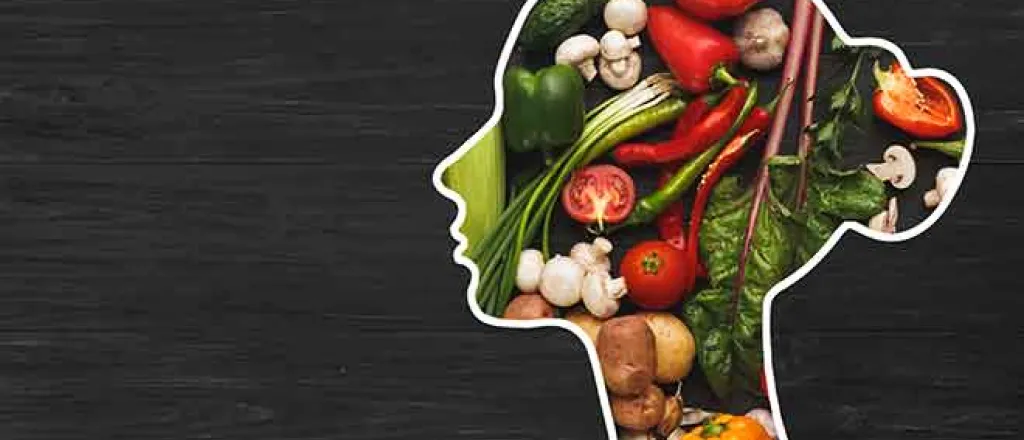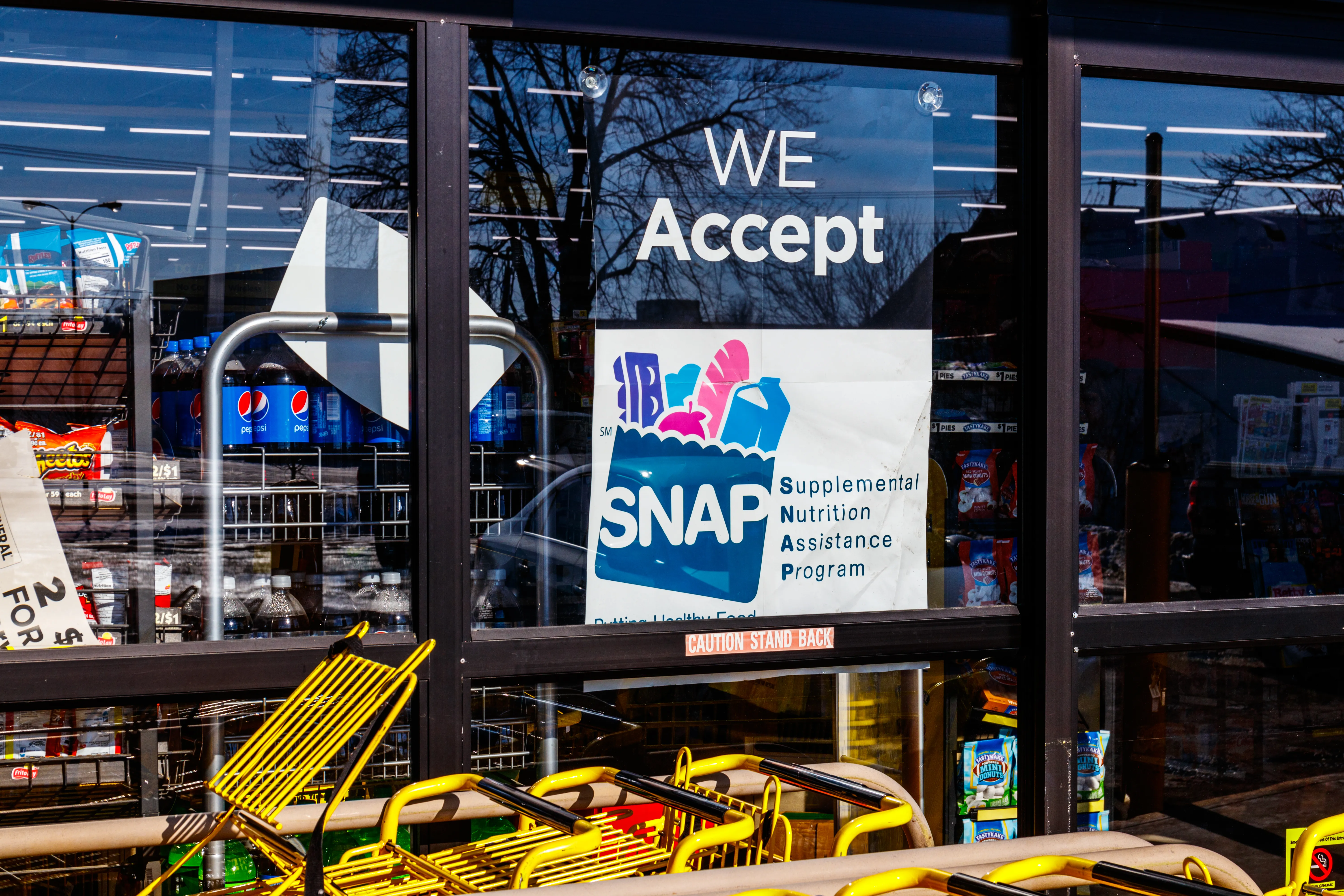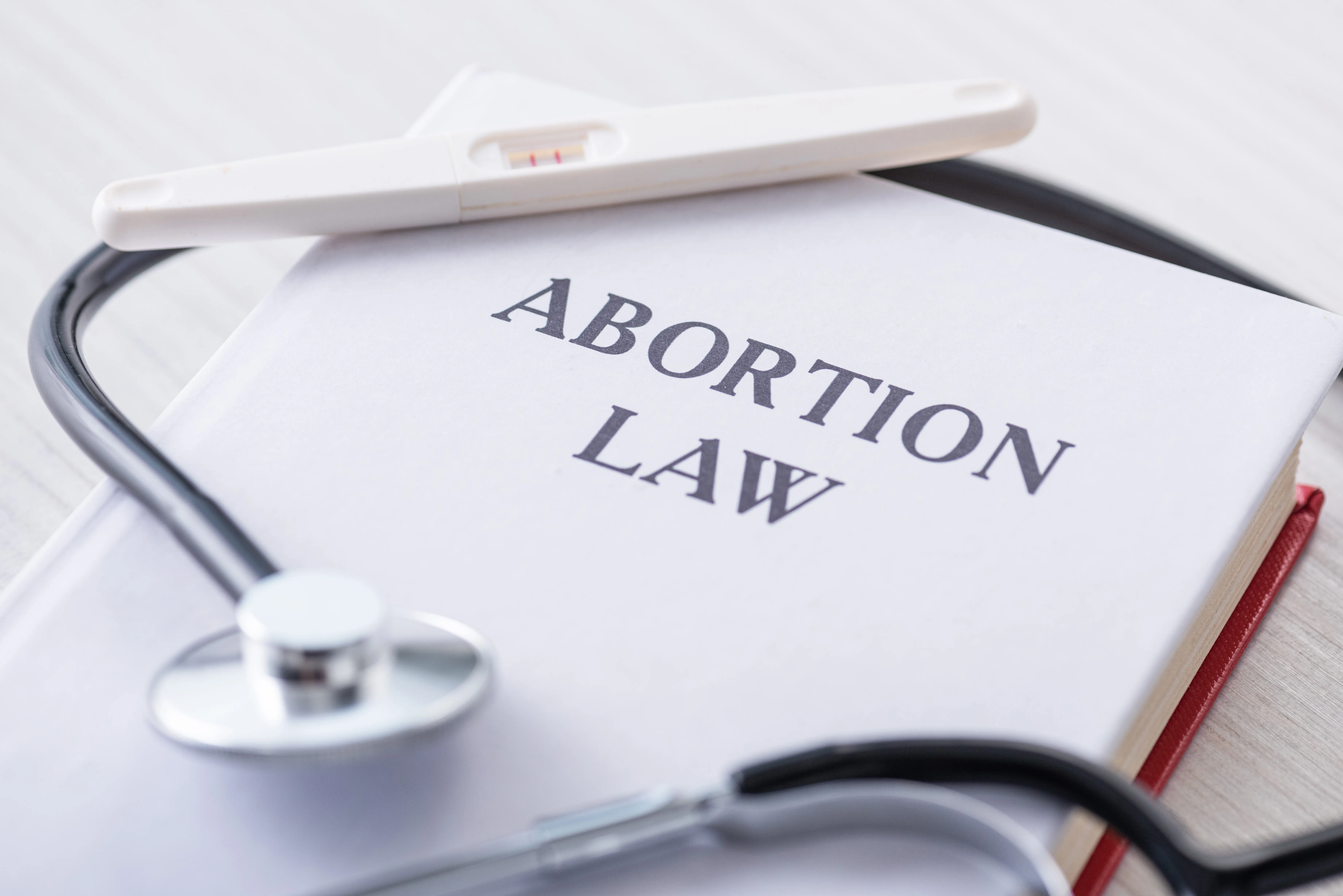
Dear Dietitian – Combating obesity
Dear Readers,
You’ve probably heard that the United States has one of the highest obesity rates in the world. Estimates put 42 percent of Americans in the obese category. The World Health Organization (WHO) defines obesity as a body mass index (BMI) of 30 or higher.
Several factors contribute to the problem, but the bottom line is overconsumption. We simply eat too much. Americans consume an average of 60 pounds of sugar a year. That’s over 100,000 calories from sugar per person each year! Most sugar is consumed in the form of sugar-sweetened beverages (SSB). SSBs include regular soft drinks, energy drinks, sports drinks, sweetened water, and coffee and tea beverages with added sugar.
It is well-known that obesity increases the risk of chronic illnesses, such as Type 2 diabetes, stroke, heart disease, and non-alcoholic fatty liver disease. Changing consumption patterns isn’t easy. In some cases, the government has stepped in to add a tax on SSBs. The results of these taxes have been mixed. The tax has resulted in decreased consumption of SSBs in some areas. The question is whether less consumption results in less obesity. We don’t know the answer yet, as it will take years to show results.
In 2012, New York City attempted to ban the sales of SSBs larger than 16 ounces. The ban was reversed by the court system, stating the government “exceeded the scope of its regulatory authority” by adopting the ban.
If we want to help America get healthier, what’s the answer? In a randomized study, 326 parents of children ages two to twelve were instructed to choose one drink and one snack for their child and one household item. Some drinks were labeled with a pictorial image warning, such as a diseased heart. Other beverages were labeled with a bar code. The graphic warnings led to a 17 percent reduction in purchases of sugary drinks, with 45 percent of parents in the control group (bar code) buying an SSB, compared to 28 percent in the pictorial warning group (1).
Warning labels with photographs are more effective than text and labels with numbers; a picture is worth a thousand words. It takes less time to develop a concept from an image than with words and numbers. Pictures also appeal to our feelings in a way words cannot. Picture warnings were effective in this study, but it’s unlikely food and beverage manufacturers would embrace them.
Enjoying a home-cooked meal together as a family also leads to a significant decrease in obesity in children. In a study published in the Journal of Pediatrics, adolescents who had at least one meal per week with their families were significantly less likely to be obese ten years later (2). Home-cooked meals tend to be balanced, and the family bonding time is irreplaceable.
Until next time, be healthy!
Dear Dietitian
References
- Hall MG, Grummon AH, Higgons ICA, Lazard AJ, Prestemon CE, Avendano-Galdamez MI, Taillie, LS. The impact of pictorial health warnings on purchases of sugary drinks for children: a randomized control trial. PLOS Medicine. Published Feb 1, 2022.
https: //doi.org/10.137/journal.pmed.1003885.
- Berge JM, Wall M, Hsueh TF, Fulkerson JA, Larson N, Neumark-Sztainer D. The protective role of family meals for youth obesity: 10-year longitudinal study. J Pediatr, 2015 Feb; 166 (2): 296-301. Published online 2014 Sep 27. doi: 10.1016/jpeds.2014.08.030


















